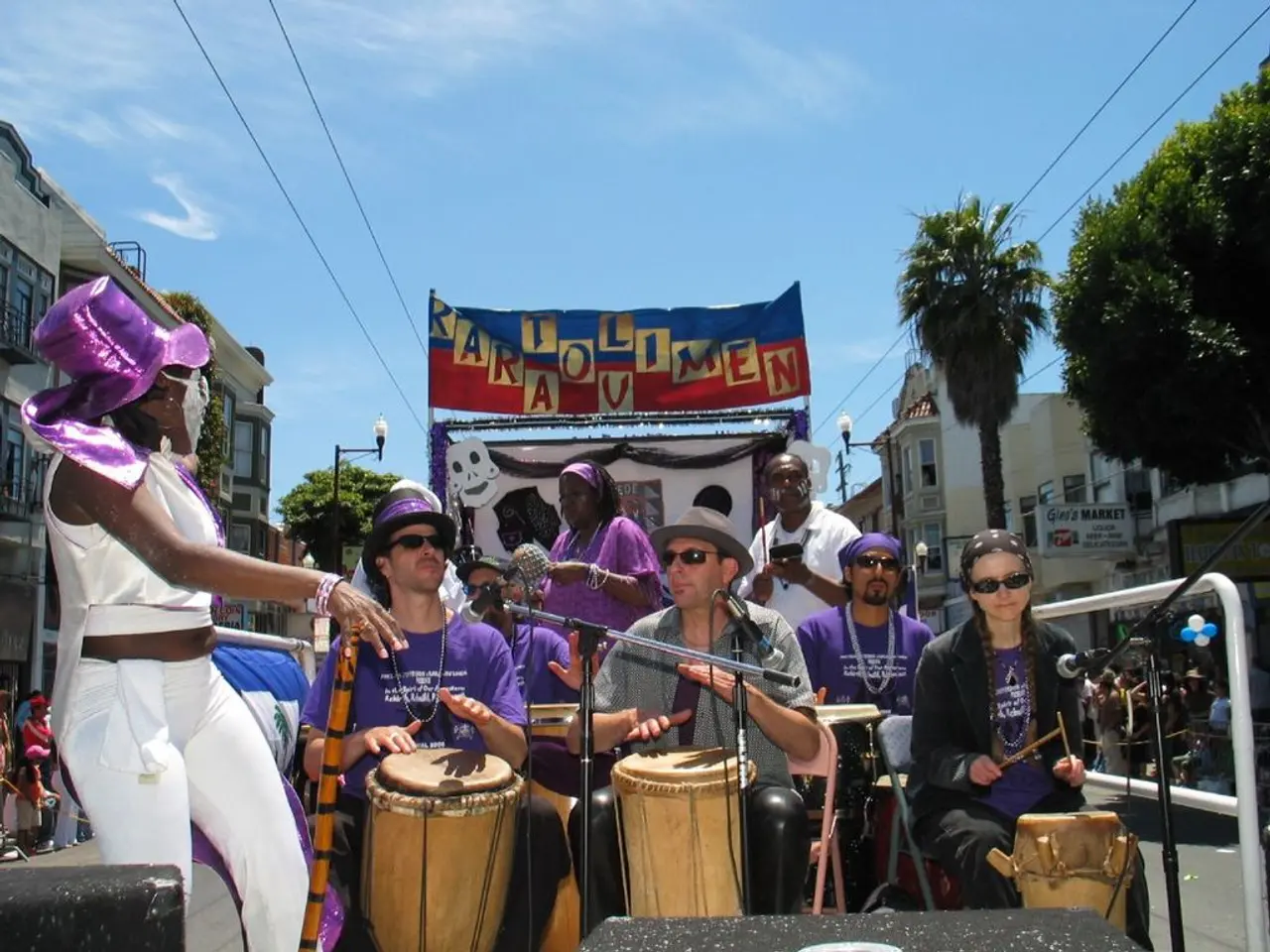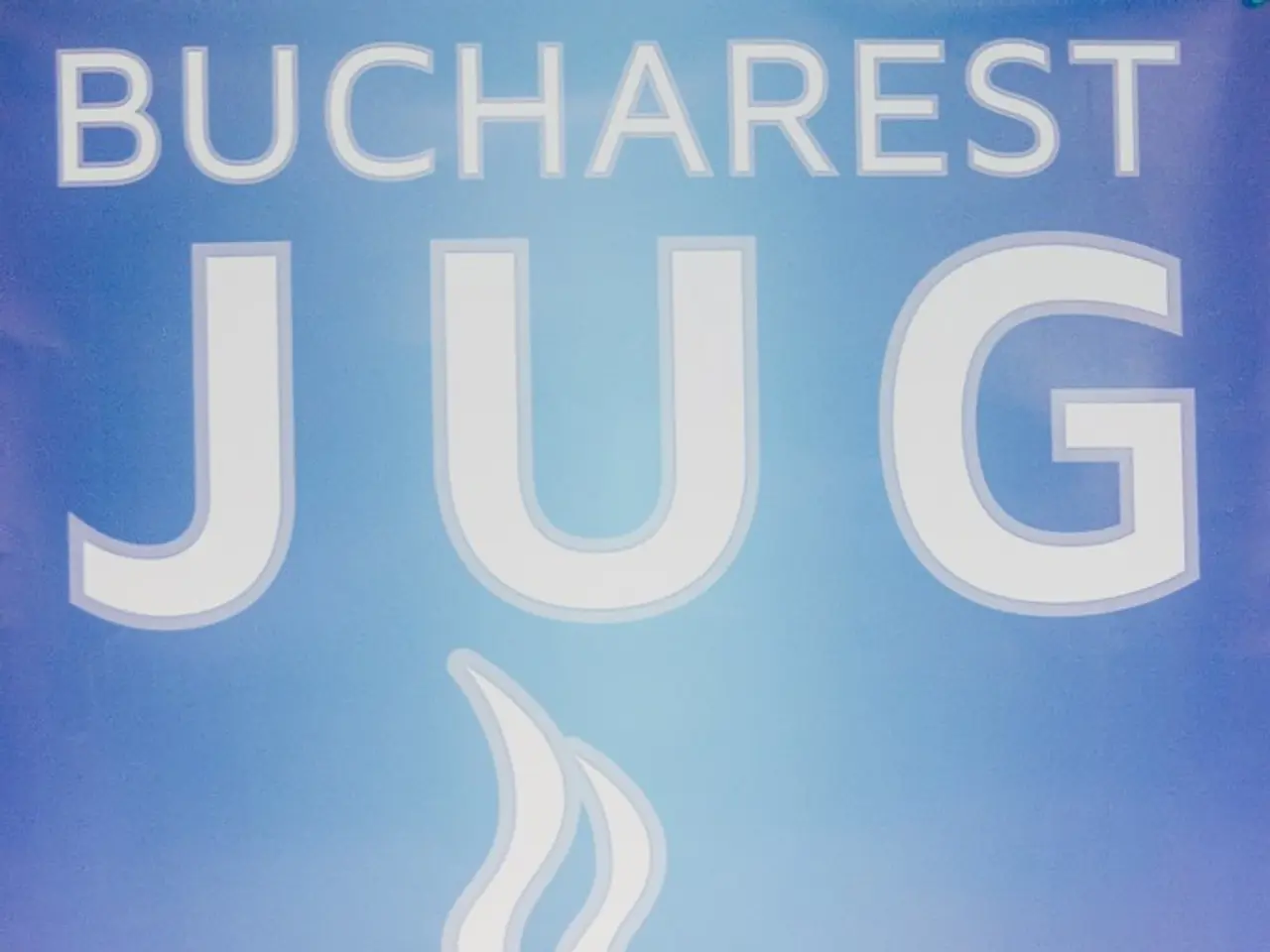The resurgence of Jungle Techno in the year 2025
**Jungle Techno Makes a Comeback: A Revival of the 90s Rave Culture**
Jungle Techno, a genre born from the UK rave scene and Jamaican sound system culture in the early 1990s, is making a comeback, captivating a new generation of artists and audiences. This resurgence sees Jungle blending with contemporary electronic styles, expanding its reach beyond its regional UK roots to international audiences.
The roots of Jungle Techno can be traced back to the iconic track *We Are I.E* by Lennie De Ice, released in 1991. This track, with its use of the Amen break, deep sub-bass, and toasting vocals, marked a defining moment that transitioned rave culture towards Jungle’s weighty and shuffled sound. The scene grew around London clubs like Rage at Heaven, where DJs Fabio and Grooverider popularized the sound, and the term “jungle” was coined by enthusiastic audiences reacting to these breakbeat-heavy sets.
Jungle music also has deep connections to Black British sound system culture, linking reggae, dancehall, and the emerging breakbeat hardcore traditions. Pirate radio stations played a key role in spreading jungle’s influence and shaping its cultural identity within the UK urban music landscape.
In recent years, Jungle has experienced a revival, with artists like Nia Archives being pivotal in this resurgence. Nia Archives combines fast-paced Jungle production with serene vocals and emotionally reflective lyrics, updating the genre with a fresh, modern sensibility while respecting its energetic dancefloor origins.
The resurgence is also driven by younger producers experimenting with breakbeats in harder, halftime, and more experimental forms, contributing to a broader revival of breakbeat-driven music styles within electronic dance music. Festivals and club nights now prominently feature Jungle and related genres, exposing a wider audience to its characteristic syncopated rhythms and heavy bass.
Key artists leading the charge in 2025 include InnerCore, Mani Festo, Mixtress, and Yosh. The genre's evolution in 2025 is decentralized and DIY, with artists releasing music through white-label Bandcamp drops, one-off vinyl pressings, and late-night SoundCloud rips. Jungle Techno sets in 2025 feature relentless Amen breaks, eerie pads, crunchy 909 kicks, acidic synth squelches, and distorted rave stabs.
The resurgence of Jungle Techno is not a trend but a response to years of overproduced, hyper-compressed, formulaic dance music, seeking danger, unpredictability, and edge. Jungle Techno thrives in the current ecosystem where no one wants to be pigeonholed and DJs are unshackled by expectations.
Events like Bangface, Outlook UK, Keep Hush, Boiler Room, and regular sessions at FOLD are maintaining the enthusiasm for Jungle Techno. Vinyl culture is resurging in support of Jungle Techno, with labels like Western Lore, Sneaker Social Club, and Over/Shadow putting out tactile, hand-stamped releases.
Club Glow, a collective of LMajor, Denham Audio, Borai, and Mani Festo, contributes to the preservation of hybrid rave culture. Jungle Techno sets in 2025 are characterized by hybrid live sets, genre-hopping mixes, and multi-genre lineups at festivals that dare to go past 160 BPM.
In summary, Jungle Techno is not just a historical footnote but a creative frontier. This genre, which combines breakbeats and four-to-the-floor techno, clocking around 160-170 BPM, provides an avenue that's high-energy but not chaotic, structured but never sterile. The 160+ BPM zone is back in vogue, and Jungle Techno offers a perfect tool for DJs building sets that pivot wildly in energy and structure.
In the contemporary electronic music scene, Jungle Techno's revival is driven by a new generation of artists merging it with modern styles, expanding its geographical impact beyond the UK.
Nia Archives, a key artist in this resurgence, blends traditional Jungle production with contemporary elements, updating the genre while maintaining its energetic roots and emotional depth.




